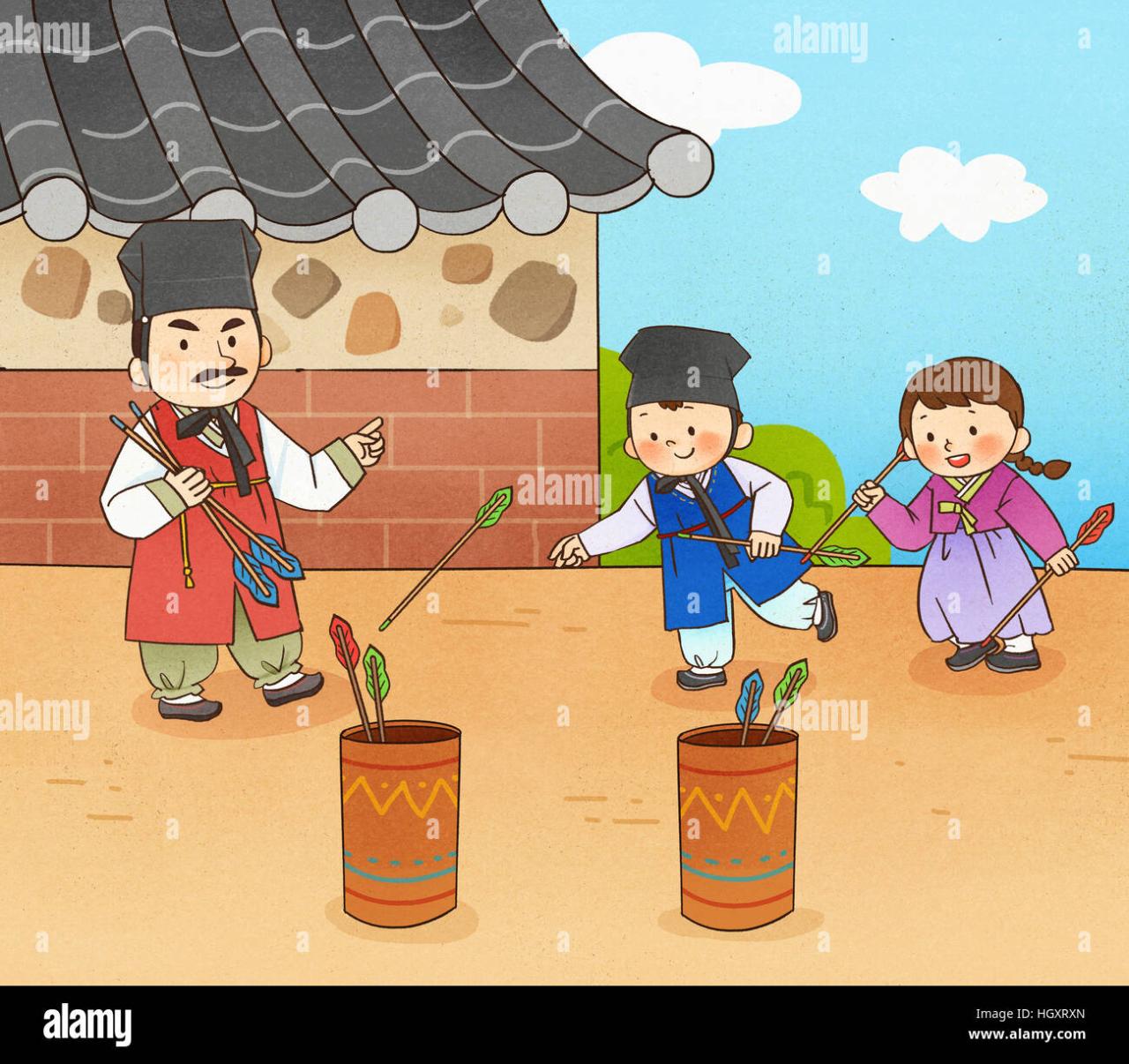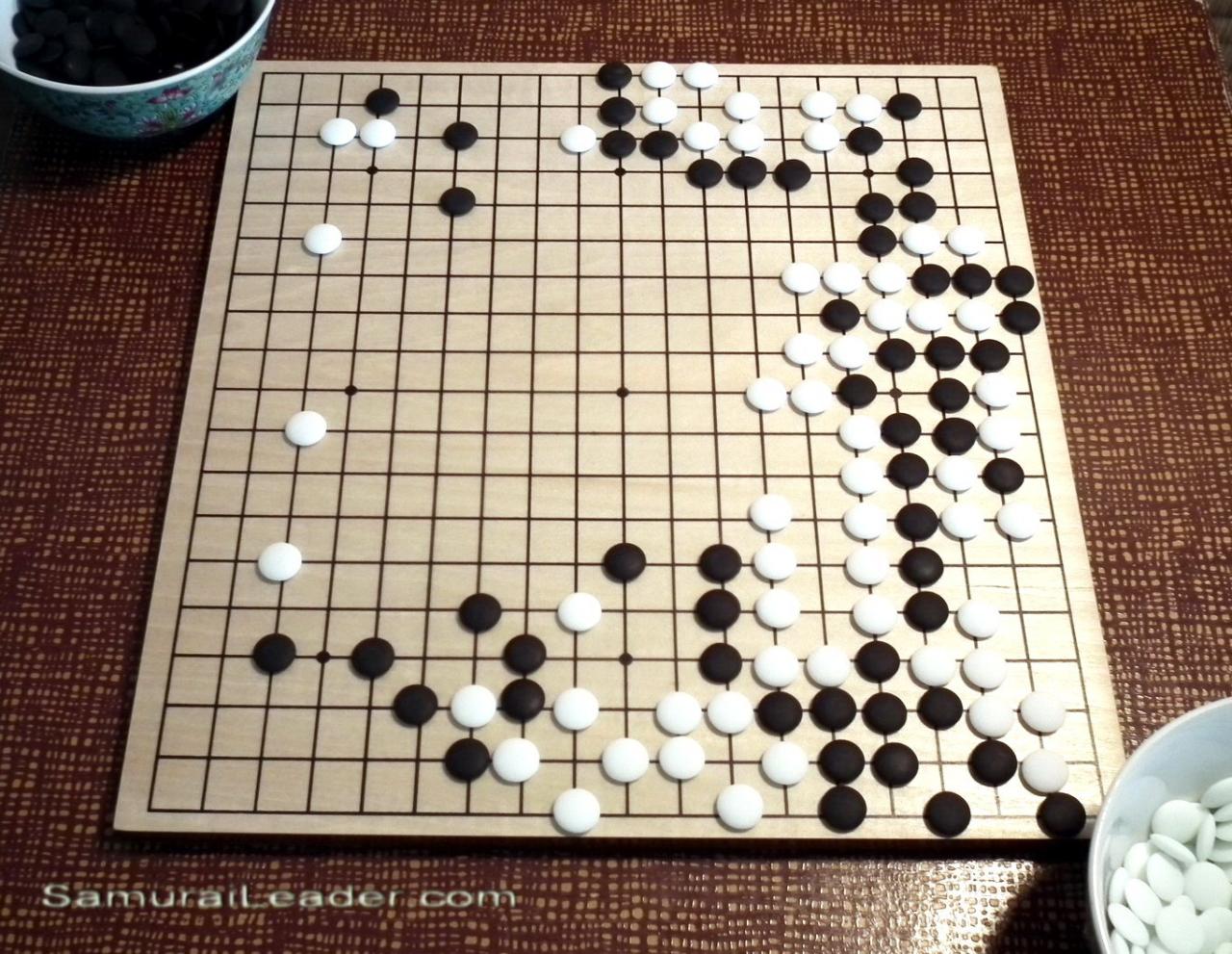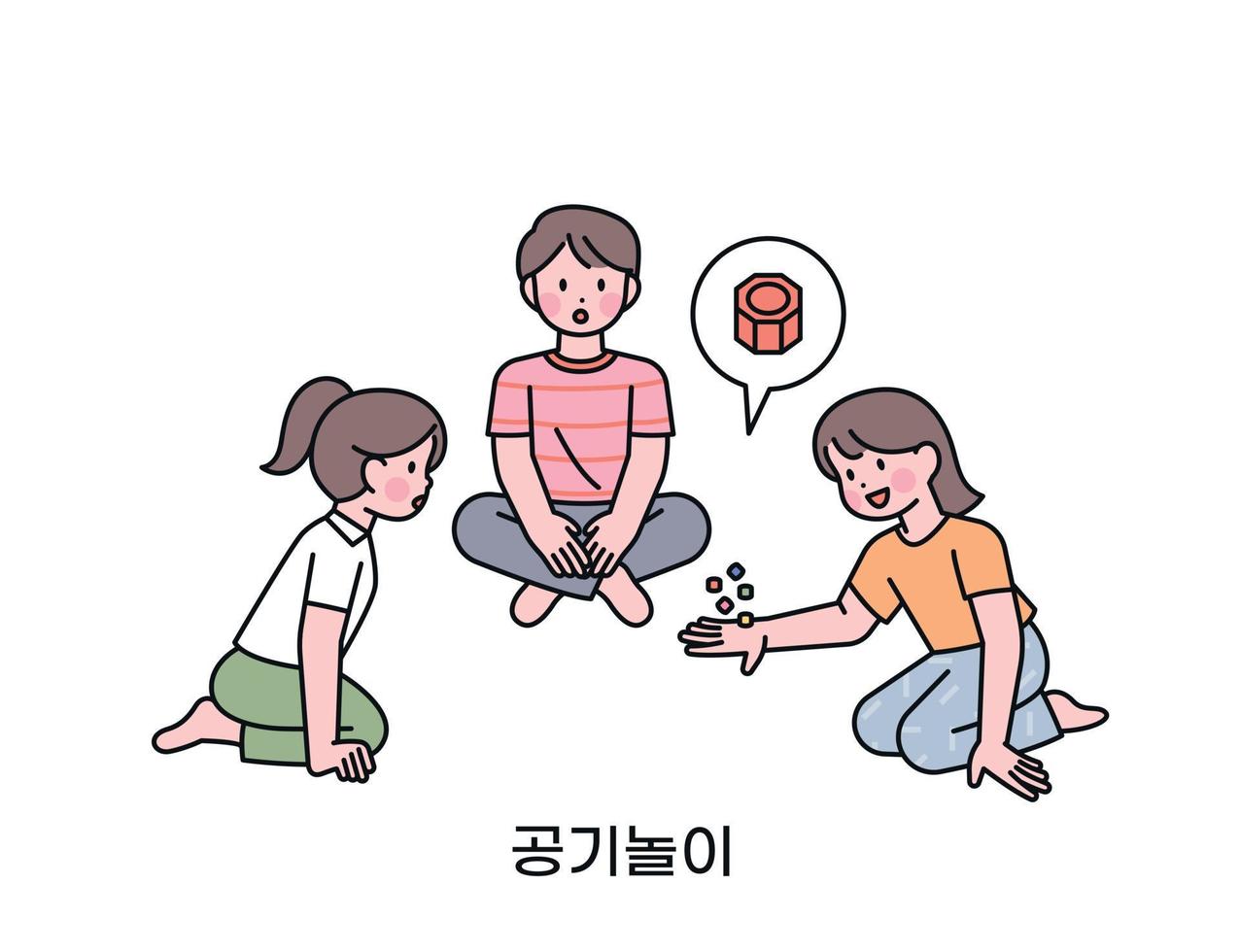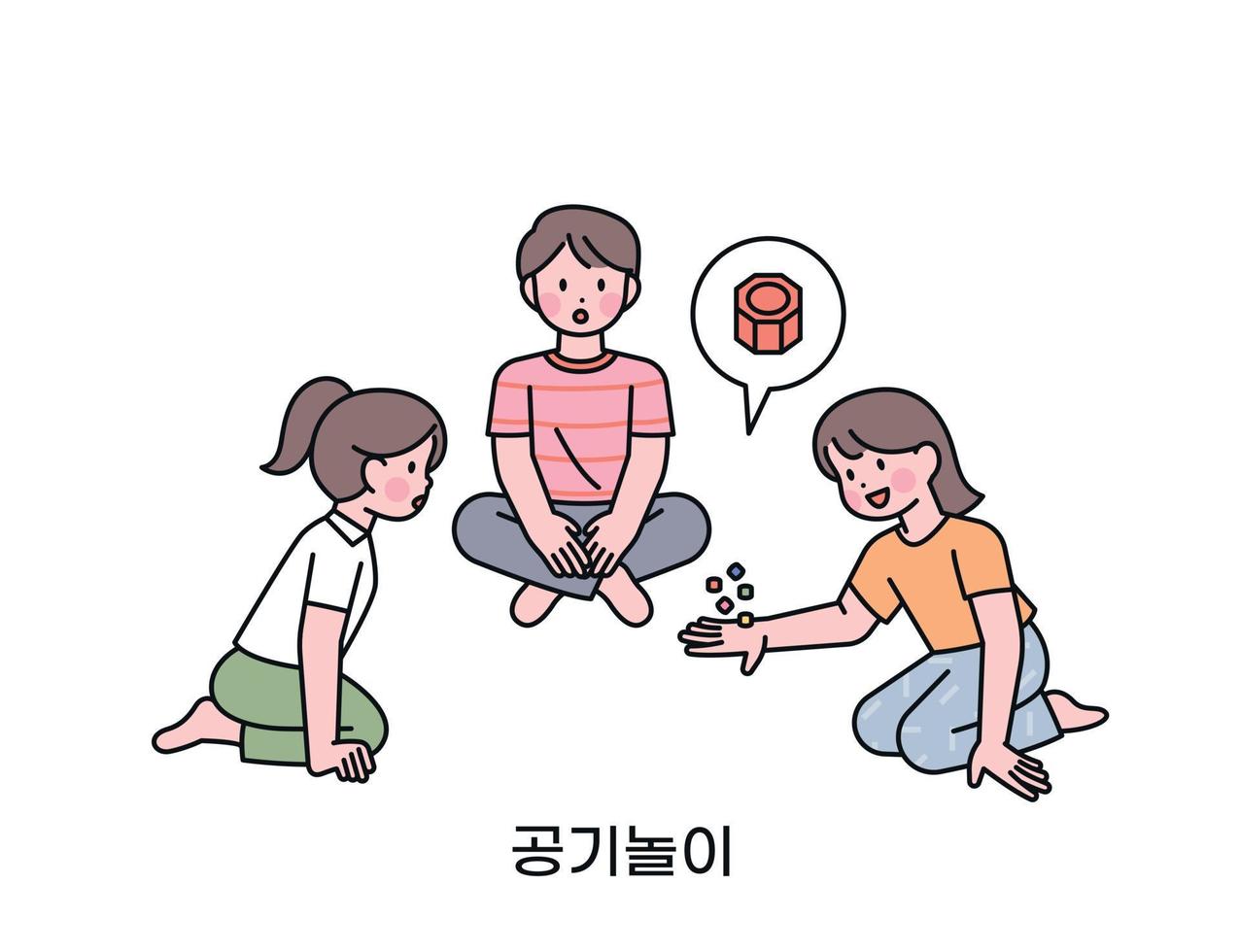Gonggi game, a traditional Korean pastime, offers a captivating blend of skill, strategy, and cultural richness. This engaging game, played with small, weighted pieces, challenges players to toss and catch with precision, fostering hand-eye coordination and strategic thinking. From its humble beginnings to its modern adaptations, Gonggi continues to captivate players of all ages and backgrounds.
Gonggi, that awesome Korean game with the small stones, is super fun to learn! Did you know that thanos squid game actor , also known for his incredible acting, might enjoy a game of gonggi too? It’s a great way to improve hand-eye coordination, and honestly, a fantastic way to spend an afternoon with friends, just like many other traditional games.
So grab some stones and give gonggi a try!
This guide will walk you through everything you need to know to play, from the basic rules and equipment to advanced techniques and cultural significance. We’ll explore regional variations, discuss the importance of precision, and even delve into its appearances in popular culture. Get ready to learn all about this fascinating game!
Gonggi: A Traditional Korean Game

Gonggi, also known as gongi-chagi, is a traditional Korean game that has been enjoyed for generations. It’s a game of skill and precision, requiring players to toss and catch small, flat pieces using only their feet. While simple in its premise, Gonggi offers a surprising level of strategic depth and cultural significance.
Gonggi Game Overview
The origins of Gonggi are somewhat obscure, lost to the mists of time. However, its enduring popularity suggests a history spanning centuries, deeply embedded within Korean culture. The game’s simplicity allows it to be played almost anywhere, making it accessible to people of all ages and backgrounds. The basic gameplay involves tossing and kicking small, flat pieces called “gonggi” (공기) in a sequence of increasingly challenging maneuvers.
A standard game typically involves one or more players using five gonggi pieces. The goal is to complete a series of prescribed actions, such as tossing the pieces into the air, kicking one or more, and catching the remaining pieces. Each successful maneuver earns points, and the player with the most points at the end wins. The specific rules and sequences can vary depending on the region and community, adding to the game’s rich diversity.
A step-by-step guide for a basic game might be: 1. Toss all five gonggi into the air. 2. Kick one gonggi. 3.
Catch the remaining four gonggi. 4. Repeat steps 1-3, increasing the number of kicked gonggi with each successful round. Variations might involve different kicking techniques or more complex sequences of actions.
Regional variations in Gonggi rules are common. For example, some regions might use a different number of gonggi, while others might incorporate different scoring systems or more intricate kicking patterns. These variations highlight the game’s adaptability and its capacity to reflect the unique traditions of different communities.
Equipment and Materials
The essential equipment for Gonggi is surprisingly simple. The quality and characteristics of the gonggi pieces, however, significantly influence gameplay.
| Item | Description | Material | Quantity |
|---|---|---|---|
| Gonggi Pieces | Small, flat, disc-shaped pieces | Traditionally wood or metal; now often plastic | 5 |
Ideally, gonggi pieces should be lightweight yet durable, with a smooth surface for easy kicking and catching. The size and weight should be consistent across the set to ensure fair play. Traditionally, wooden gonggi were favored for their tactile feel and natural variations in weight and texture. Modern plastic versions offer greater durability and consistency, although some players prefer the feel of the traditional wooden pieces.
Regional differences might involve using different materials, sizes, or even shapes of the gonggi pieces, depending on available resources and local preferences.
Gonggi, that classic Korean game of skill and dexterity, requires intense focus – much like piloting a plane. Think about the precision needed; one wrong move and your game is over. It makes you wonder about the immense pressure on pilots, as highlighted in accounts of the tragic korean air crash , where even the smallest error can have devastating consequences.
Returning to gonggi, the satisfying plink of the tiles landing perfectly is a small, but rewarding victory.
Gameplay Strategies and Techniques

Mastering Gonggi requires precision, accuracy, and strategic thinking. Advanced players employ a range of techniques to maximize their scores. This includes sophisticated tossing techniques to achieve the ideal height and spread of the gonggi, as well as precise kicking motions that allow them to control the trajectory of the kicked piece while simultaneously catching the others.
Beginners often make mistakes such as tossing the gonggi too high or too low, or kicking with insufficient force or accuracy. Practicing consistent tossing and developing a smooth, controlled kicking motion are crucial for improvement. Precision and accuracy are paramount in Gonggi; the slightest miscalculation can lead to a failed attempt and lost points.
Several throwing techniques exist. A common technique is the “underhand toss,” which allows for greater control over the height and spread of the gonggi. Advanced players might use a “flick” or “snap” of the wrist to impart spin or specific trajectory to the pieces, further enhancing their control. The kicking technique is equally important, with players often using the inside or outside of the foot depending on the desired trajectory and power.
Cultural Significance and Social Impact, Gonggi game
Gonggi holds significant cultural importance in Korea, representing a tangible link to the nation’s past. It’s a game often played informally among friends and family, fostering social interaction and community building. The shared experience of playing Gonggi creates bonds and strengthens relationships, reinforcing a sense of community and shared heritage.
While not typically associated with specific traditional ceremonies, Gonggi is often played casually during gatherings and festivals, adding a playful element to social events. The game’s simplicity and accessibility allow it to be enjoyed by people of all ages, fostering intergenerational connections and promoting cultural transmission. Its cultural significance is comparable to other traditional games from different cultures, such as hopscotch in the West or jacks in various parts of the world, each reflecting unique aspects of their respective cultural heritage.
Modern Adaptations and Variations
Gonggi has seen some modern adaptations, though it largely retains its traditional form. Its simple rules and readily available materials make it suitable for educational settings, particularly in physical education classes, promoting hand-eye coordination and motor skill development. It can also be adapted for therapeutic contexts, providing a fun and engaging way to improve fine motor skills and cognitive function.
- Website: (Example: A hypothetical website dedicated to Gonggi rules and variations)
- YouTube Channel: (Example: A hypothetical YouTube channel with Gonggi tutorials)
A simplified version for younger children might involve using only three gonggi pieces and reducing the complexity of the kicking sequences. This adaptation makes the game more accessible and less frustrating for beginners.
Gonggi in Popular Culture
While not as widely known internationally as some other games, Gonggi has occasionally appeared in popular Korean media. Its inclusion often serves to evoke a sense of nostalgia or to portray aspects of Korean childhood and culture. These appearances, though infrequent, contribute to the game’s ongoing presence in the public consciousness, reinforcing its cultural relevance.
Outcome Summary: Gonggi Game

Gonggi game is more than just a game; it’s a cultural treasure that bridges generations and promotes social connection. Whether you’re a seasoned player or a curious beginner, exploring Gonggi opens a window into Korean heritage and offers a fun, challenging activity. So grab some Gonggi pieces, gather your friends, and experience the joy and skill this captivating game has to offer! We hope this guide has equipped you to master this timeless pastime.
FAQ Resource
What age group is Gonggi suitable for?
Gonggi, that awesome Korean game with the little pebbles, is a great way to unwind. Sometimes, though, even fun games get overshadowed by bigger news, like when you stumble upon discussions about serious events, such as the south korea plane crash reddit threads. Afterward, though, it’s nice to go back to the simple pleasure of tossing those gonggi pebbles.
Gonggi can be enjoyed by people of all ages, though simplified versions exist for younger children.
Where can I buy Gonggi pieces?
You can often find Gonggi sets online through retailers selling Asian games or crafts, or in some Asian specialty stores.
How long does a typical Gonggi game last?
Game length varies depending on the number of players and the complexity of the game, but it can range from a few minutes to much longer.
Are there any competitive Gonggi leagues or tournaments?
While not as widespread as some other games, some informal or local competitions may exist in communities with a strong interest in the game.
